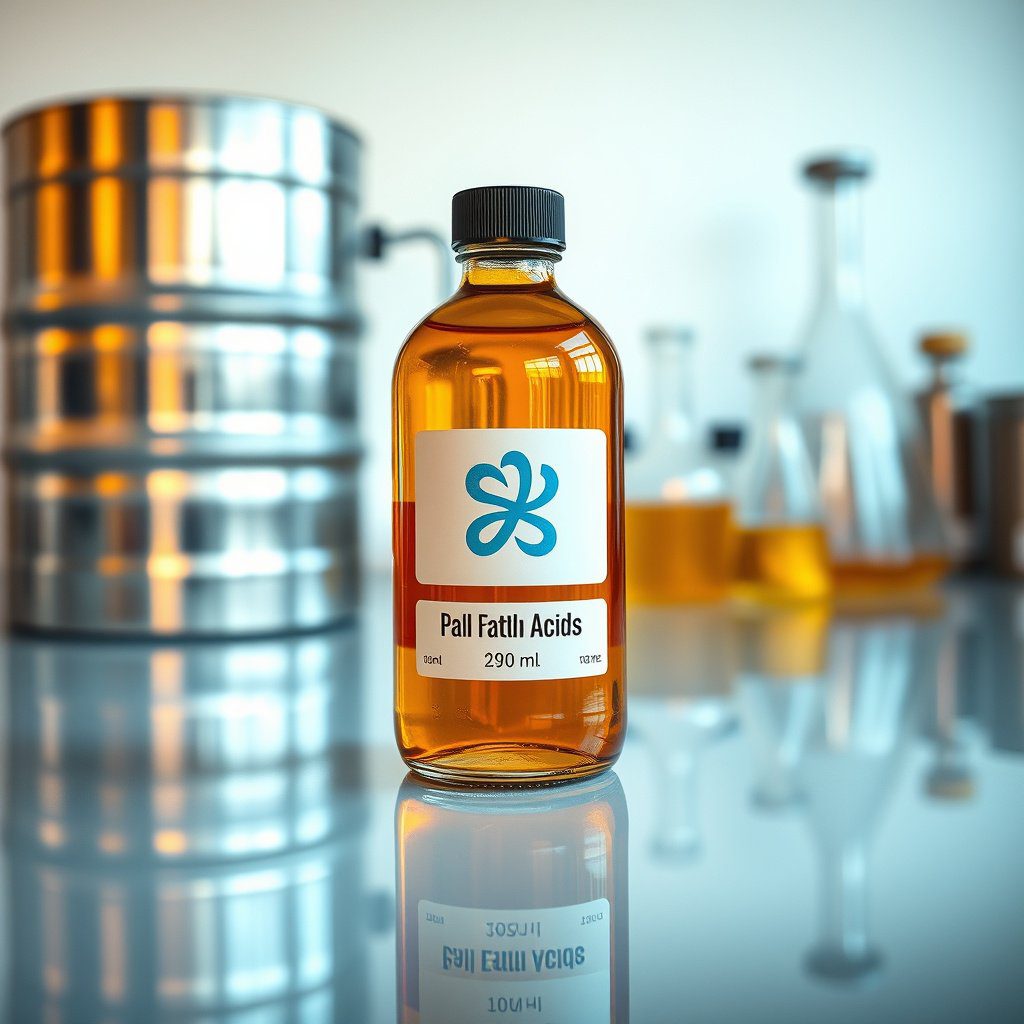Understanding Amine Export Strategies
Amine export strategies refer to the systematic approaches adopted by suppliers and manufacturers to effectively sell and distribute amines, such as monoethanolamine, diethanolamine, and triethanolamine, to international markets. Given the increasing demand for high-purity amines in various industries, including agriculture, pharmaceuticals, and personal care, it is crucial to develop robust export strategies that ensure compliance with international regulations and cater to the specific needs of buyers.
Market Research for Amines
Conducting thorough market research is a foundational step in developing effective amine export strategies. Understanding the target market dynamics, including demand trends, competitive landscape, and regulatory requirements, is essential. Identifying key players in the U.S. market and analyzing their purchasing behaviors can provide valuable insights, allowing suppliers to tailor their offerings and marketing efforts accordingly.
Regulatory Compliance and Certifications
Compliance with international regulations and obtaining necessary certifications is vital for exporting amines. Suppliers must navigate the complex landscape of chemical regulations, such as the Toxic Substances Control Act (TSCA) in the U.S. and other relevant safety standards. Ensuring that products meet quality and safety benchmarks not only facilitates smoother exports but also builds trust with potential clients.
Building Relationships with Distributors
Establishing strong relationships with distributors and local partners in the U.S. is a crucial component of effective amine export strategies. Collaborating with established distributors can enhance market entry, providing insights into local customer preferences and logistical challenges. This partnership approach can also help in navigating cultural differences and optimizing marketing strategies for specific demographic segments.
Optimizing Pricing Strategies
Pricing strategies play a pivotal role in the competitiveness of amine exports. Suppliers should analyze cost structures, market prices, and competitor pricing to determine optimal pricing that reflects product quality while remaining attractive to buyers. Implementing flexible pricing strategies, such as volume discounts or loyalty programs, can further incentivize bulk purchases and foster long-term relationships with clients.
Effective Marketing Techniques
Utilizing effective marketing techniques is essential for promoting amine products to potential buyers. Digital marketing strategies, including search engine optimization (SEO), content marketing, and social media engagement, can significantly increase visibility and attract targeted traffic. Creating informative content about the applications and benefits of high-purity amines can position suppliers as thought leaders in the industry, enhancing brand credibility.
Logistics and Supply Chain Management
Efficient logistics and supply chain management are critical components of successful amine export strategies. Suppliers must ensure that they have reliable transportation and warehousing solutions in place to meet delivery timelines and maintain product integrity. Implementing robust inventory management systems can help in forecasting demand and minimizing lead times, thereby improving customer satisfaction.
Leveraging Technology in Exports
Incorporating technology into export strategies can enhance operational efficiency and communication. Utilizing software for tracking shipments, managing customer relationships, and analyzing sales data can streamline processes and provide actionable insights. Additionally, digital platforms for international trade can facilitate smoother transactions and expand market reach for amine products.
Continuous Monitoring and Adaptation
Finally, continually monitoring market trends, customer feedback, and regulatory changes is essential for refining amine export strategies. By being adaptable and responsive to changes in the market landscape, suppliers can maintain a competitive edge, ensuring sustained growth and profitability in the export of high-purity amines.


